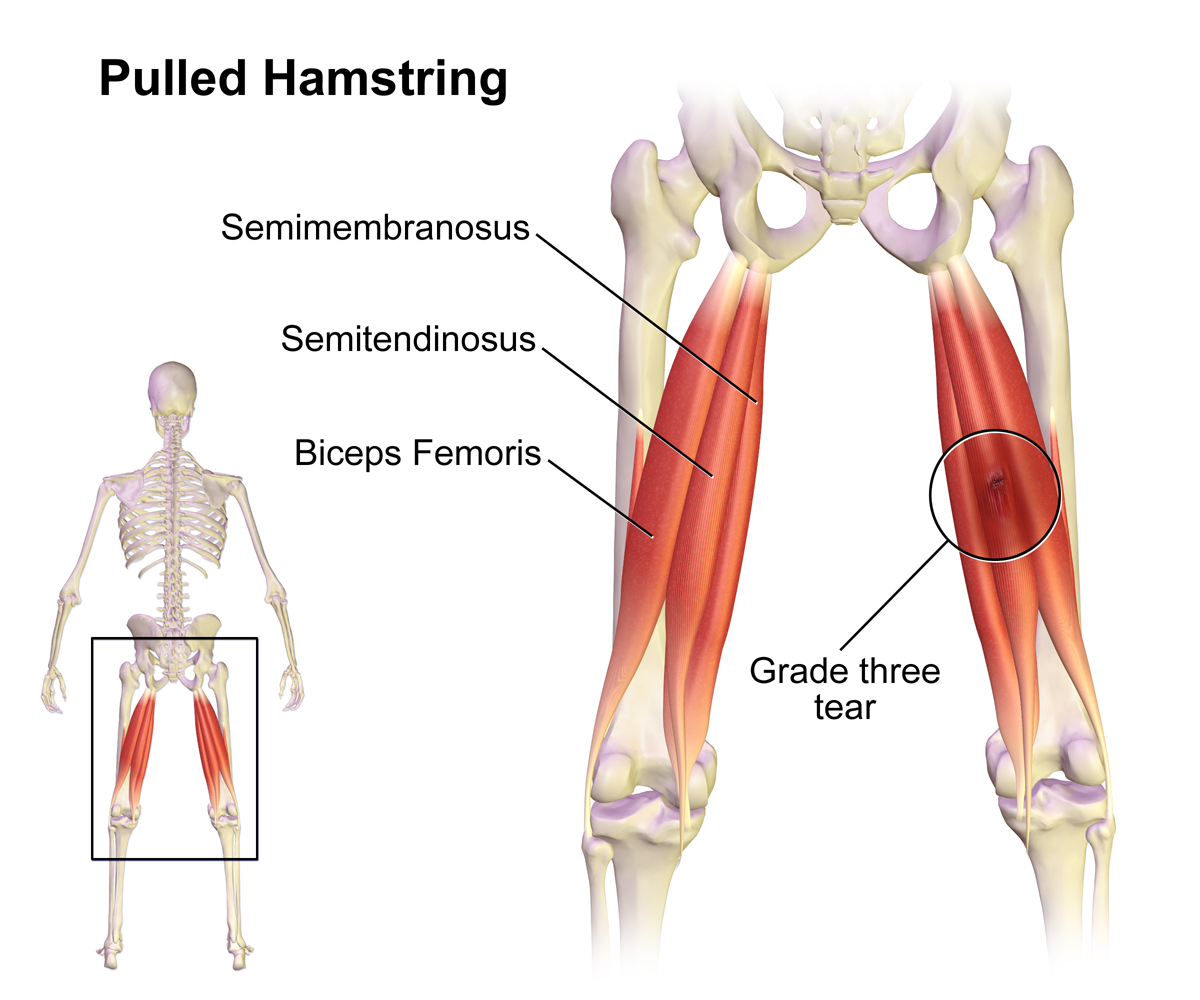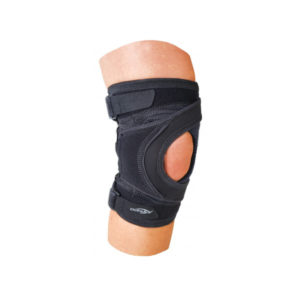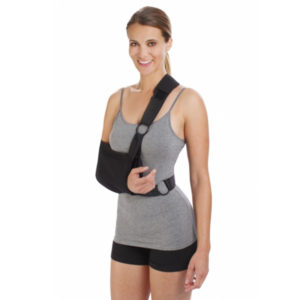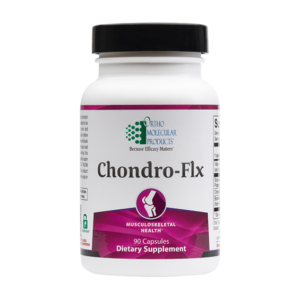Pain in the Butt Series 3: Hamstring Injuries
“Pain in the butt,” a phrase that we typically use to describe someone or something that is very annoying, but it originated from a sensation of pain that is nagging, irritating, and directly affects our quality of life.
When evaluating patients who come in with the complaint of “a pain in the butt”, there are numerous things that could be causing their pain. Sometimes it is their hip, other times gluteal, or back pain. Sometimes it is nerve, muscle, ligament, and/or joint pain that is causing their discomfort. In this series of blogs I plan to tackle some of the various causes of pain I have seen and treated. This blog’s feature is: Hamstring Tendinopathy.

The hamstrings are the muscles in the back of your thigh responsible for extension of your hip as well as flexion of your knee. They are composed of three muscles (four if you count the ischial tuberosity branch of the adductor magnus): biceps femoris, semimembranosus, and semitendinosus muscles.
While there are many ways to injure the hamstrings, these muscles are most often involved in running/sprinting injuries. The hamstrings can be injured in various areas including: the proximal origin at the ischial tuberosity (the “sit bones”), within the muscle itself, in the muscle-tendon region (myotendinous junction), and distally as they insert on the proximal tibia and fibula.
Injuries can occur acutely, often feeling a sharp pull, pop, or snapping sensation in the lower buttock or posterior thigh region. Chronic injuries, such as hamstring tendinosis and partial tendon tears, occurs gradually over time and usually has no specific inciting incident (moreso the straw that breaks the camel’s back).
I personally partially tore my hamstring when running cross country in junior high school. Even though it was a long time ago I still remember the pain and disability I had from this injury.
Complications from having an untreated hamstring injury can include: inability to walk, run, or sprint comfortably or efficiently, change in the way you bear weight on the leg can lead to other problems such as knee, hip, or back issues. Repetitively injured hamstrings can cause scar tissue that can tether the sciatic nerve, causing a painful condition known as hamstring-sciatica syndrome.
Treatment typically starts with proper stretching and strengthening exercises, physical therapy, and medications may help alleviate the pain. Osteopathic Manipulative Treatment (OMT) is the most common treatment I perform for this and can be very helpful in getting the patient/athlete’s body back into proper alignment as well as facilitate the body’s innate ability to heal itself. While some patient’s may have dry needling done by a physical therapist or athletic trainer, tendon insertion injection (TII) is a treatment I will use for breaking up any scar tissue and stimulating the body’s ability to heal. For hamstring injuries that respond to any of these before mentioned treatments, but it is still persistent, these patients tend to be EXCELLENT candidates for Regenerative Orthopedic Medicine (ROM) procedures, including shockwave, prolotherapy, PRP, and for the really badly injured tendons cell therapy (MFATor BMA).
Overall, hamstring issues are a true pain in the butt to deal with, but fortunately there is a lot we can do to get these to heal to get us moving again!





